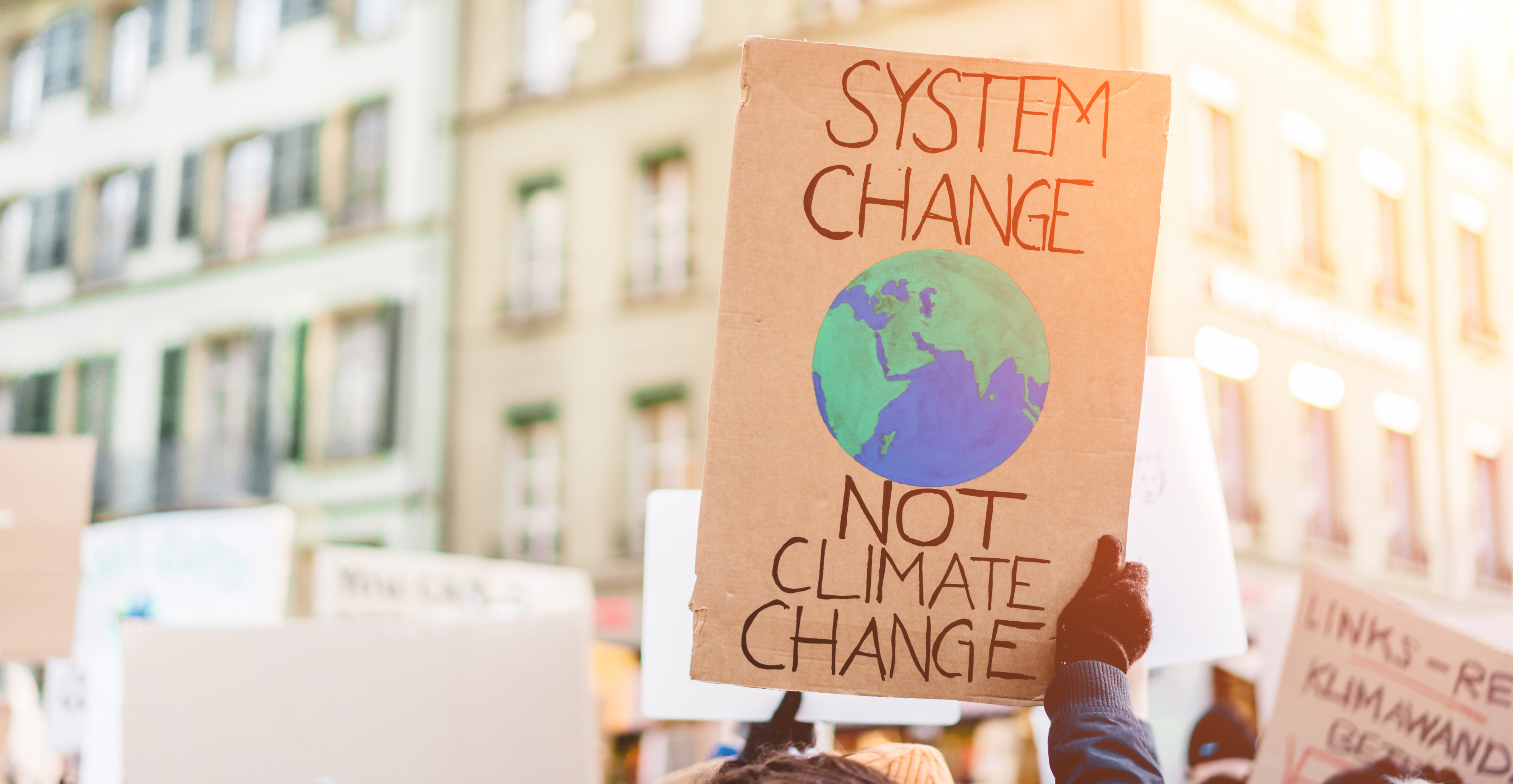What is greenwashing and why should you care?
Greenwashing is a tactic sadly used by many businesses - but what is it and why should you care?

We all know the drill by now: if that dress popping up on Instagram ads seems suspiciously cheap, it’s probably got a shady backstory.
Shop responsibly with the best sustainable fashion brands
While some businesses are making a real effort to become more sustainable, it may shock you to realise that some other brands are actively misleading us about their processes in a bid to appear more eco-friendly.
What is greenwashing?
The phenomenon is known as ‘greenwashing’, and is when a company claims to operate by being environmentally and socially aware - making sure to shout about it in their adverts and marketing, of course - but they actually exaggerate or fail to carry out anything that they promise.
“Essentially, they talk the talk, but they don’t walk the walk,” says Sarah Ditty, Global Policy Director at Fashion Revolution. “These companies co-opt sustainability narratives to portray an image of themselves as environmentally responsible, without taking or demonstrating sufficient responsible action to back that up.”
Recent exposes of the fashion industry - including a focus on the toxic practises at the heart of fast or “dirty” fashion brands - have made many of us question what we buy, where it comes from and who made it. Should we really be adding that £1 bikini into our online shopping basket when we know the $2.5 trillion global fashion industry is rife with the usage of harmful chemical dyes or that global workers are being exploited?
Some savvy retailers now realise that we’ve started to hold their manufacturing to account, and have released hashed-together statements or adverts peppered with certain phrases to persuade customers to continue to shop with them, guilt-free.
“There is a growing interest among consumers to support brands and buy clothes that speak to their values and that aim to have a more positive impact on people and the planet,” explains Sarah. “Brands are seeing that as an opportunity in the market and so are trying to tailor some aspects of what they do to tap into that growing consumer appetite.”

Greenwashing isn’t just unique to the fashion world, though. The term comes about from the hotel industry - in particular, the towels that you may or may not leave wet on the bathroom floor after using them. In 1986, the American environmentalist Jay Westeveld coined the phrase, after pointing out the hypocrisy of a Samoan resort’s reusable towel system that was billed as “helping the environment”, when in reality, it was just a cost-saving measure, and it was at odds with the hotel’s building work that was taking over more and more of the island’s natural spaces.
Since then, it’s something that many brands across many industries have been called out for. From Coca Cola literally switching their iconic red-and-white cans to green for Coke Life, claiming it was a healthy drink option (but it still had 22 grams of sugar per can - try running that past your dentist) to Ryanair boasting they had the lowest carbon emissions of any major airline in Europe (using data that was eight years old), it appears that anything can be rebranded as “green” or “kinder on the environment”.
How can I spot greenwashing?
How can you spot who is really committing to making global change as opposed to just paying lip service? It’s complicated, says Ditty, but start with doing some digging on their websites. “If you’re going to shop with a big high street or luxury brand, I would look beyond their policies to see if they’re actually putting these into action - what are the outcomes of their effort to improve their social and environmental impact for their business and products?”
Then, it’s time to play greenwashing bingo. Look out for wishy-washy terms like “natural”, “no nasty chemicals”, “plastic-free”, “ethical” or “what our customers asked for”, which are all loose enough to mean, well, whatever the producers want without having to back it up with cold, hard facts.
Sarah adds that it’s “really difficult” for us to genuinely figure out what’s having a good environmental and societal impact, or what’s having the least negative impact, as it currently means having to comb through complex companies’ information. Unlike electronic goods or energy products that use specific labelling and eco-grading systems in the UK, nothing like this exists for textiles and clothing - yet.
“I also think there’s an assumption that just because you pay more for a product means it’s inherently more sustainable, but that’s also not true and it makes it tricky for the customer, as they can’t be led by the price point,” she adds.
Thankfully, there are many organisations that are on hand to help us sift through the muddy waters of greenwashing, such as Fashion Revolution, Clean Clothes Campaign, Labour Behind The Label, Changing Markets, Eco Age, Remake or Ethical Consumer. If you’re curious about how to cut through the pseudo-green babble more, drop them a line.
Until there’s more transparency from the brands - or legislation that makes this mandatory - one way to hold greenwashing companies to account is by voting with our money. If it looks like a green sheen, take your money elsewhere.
Laura is a freelance entertainment and lifestyle journalist who writes for The Guardian, The i newspaper, Metro, BBC Culture and Grazia. She's happiest travelling the world and discovering new trends and, within reason, is willing to give most things a try. From feasting on rancid camel milk cheese in Morocco to jumping into the shimmering aquamarine cenotes of the Yucatan; it's all out there to be explored, then written about. A firm believer of Nora Ephron's mantra: "everything is copy".